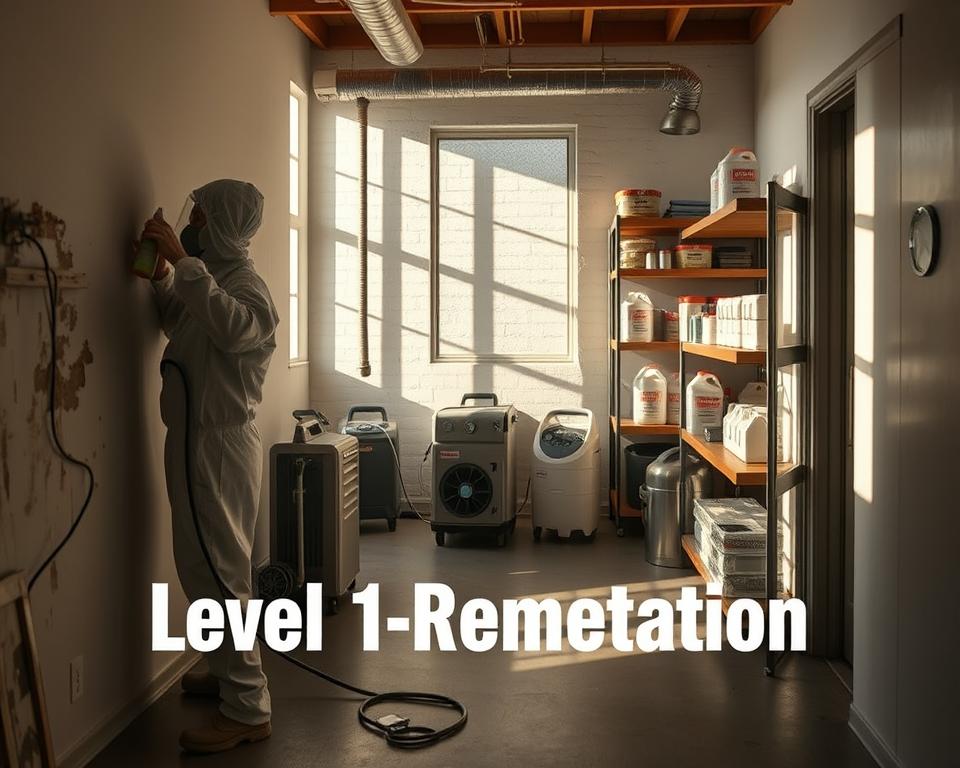Did you know that even a small patch of mold in your home can pose serious health risks? Many people assume that minor mold growth isn’t a big deal, but the truth is, it can quickly escalate into a larger problem if not addressed properly.
Level 1 mold remediation focuses on areas of 10 square feet or less, such as baseboards, ceiling tiles, or wall panels. While it may seem manageable, this type of contamination requires a thorough approach to ensure safety and prevent further spread.
Using proper protective gear like gloves, respirators, and eye protection is essential. Additionally, dampening the area before cleaning helps reduce the release of spores into the air. Contaminated materials must be carefully sealed in plastic bags to avoid cross-contamination.
Addressing mold growth promptly not only protects your health but also safeguards your home from potential structural damage. A well-executed remediation plan is key to maintaining a safe and healthy living environment.
Key Takeaways
- Level 1 remediation applies to areas of 10 square feet or less.
- Even small mold growth requires a detailed cleanup plan.
- Safety gear like gloves and respirators is mandatory.
- Dampening the area reduces spore spread during cleaning.
- Proper disposal of contaminated materials prevents further issues.
- Quick action minimizes health risks and structural damage.
Understanding Mold Growth and Contamination Levels
Mold can silently invade your home, often unnoticed until it becomes a serious issue. It thrives in damp, humid environments and can spread rapidly if not addressed. Understanding how it grows and recognizing the signs of contamination is crucial for maintaining a safe living space.
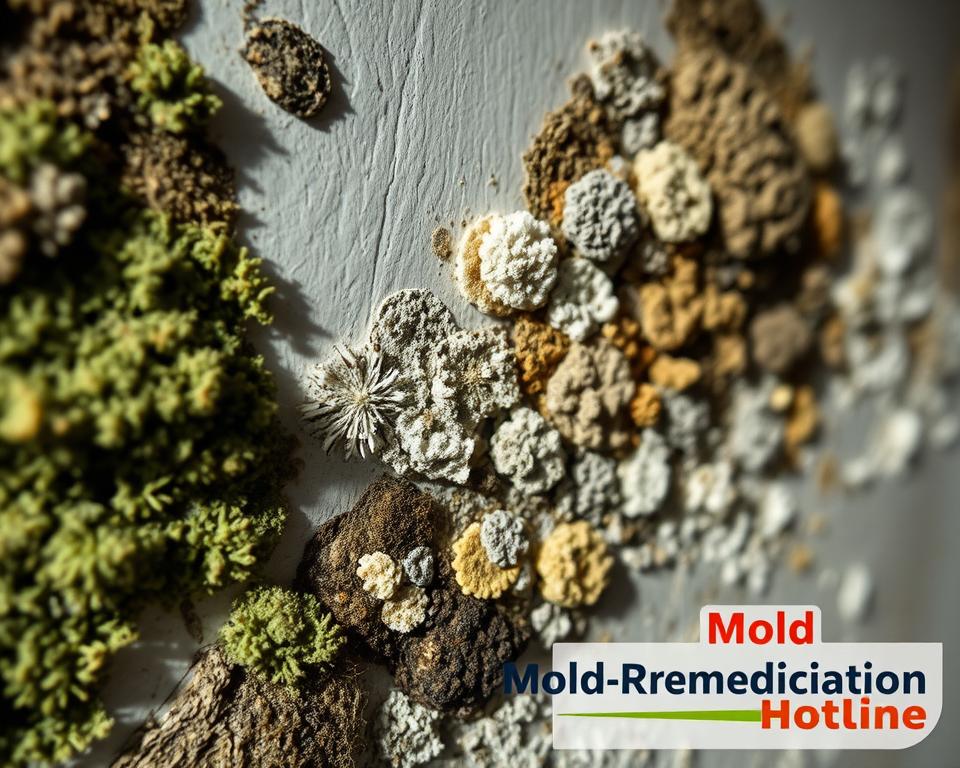
Identifying Common Risk Areas
Mold often grows in areas exposed to moisture or high humidity. Common risk zones include un-painted surfaces, baseboards, and wall panels. These areas are prone to contamination due to their proximity to water sources or poor ventilation.
Inspecting your home regularly can help you spot early signs of mold. Look for discoloration, staining, or fuzzy textures on surfaces. These visual cues often indicate the presence of mold spores.
Recognizing Signs of Mold Exposure
Mold exposure can affect both your health and your home. Musty odors are a clear sign of mold presence, even if it’s not visible. Other indicators include respiratory issues, allergies, or unexplained skin irritation.
If you suspect mold, evaluate the affected area’s size. Small patches under 10 square feet can often be managed with proper cleaning. However, larger infestations may require professional assistance to ensure thorough removal and prevent further damage.
Early detection is key to minimizing health risks and structural harm. Addressing mold promptly can save you from costly repairs and long-term health concerns.
Essential Steps for Level 1 Mold Remediation
Taking immediate action against small mold patches can prevent larger issues down the line. Addressing these areas promptly ensures a safer environment and minimizes potential health risks. Following a structured approach is key to effective cleanup and prevention.
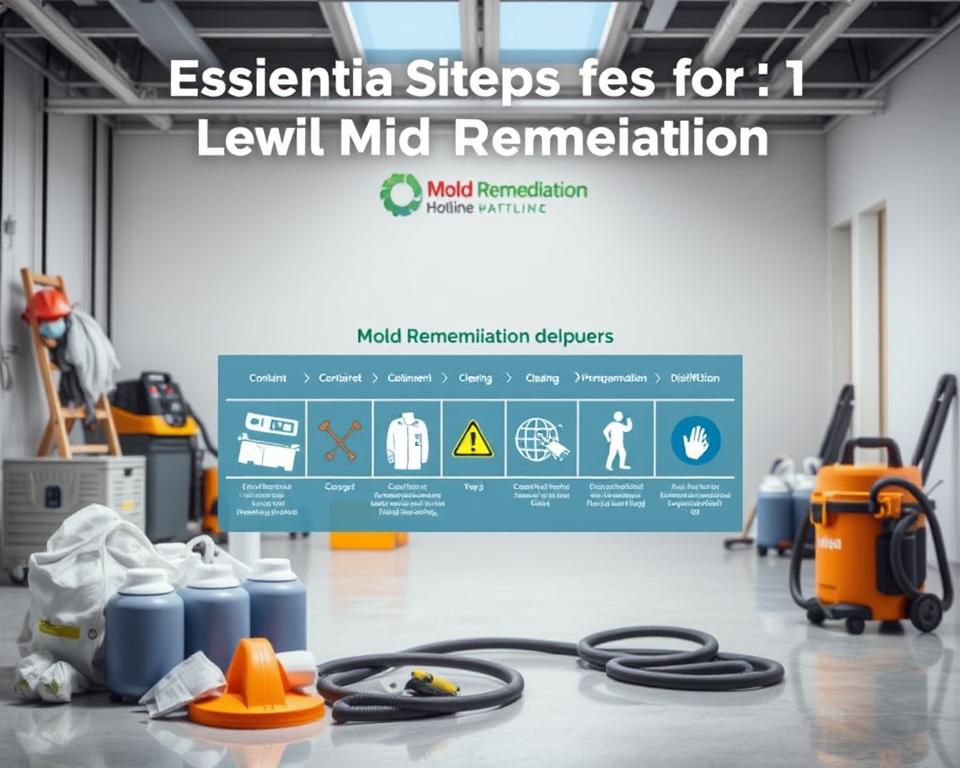
Preparation and Safety Protocols
Before starting, mist the affected area to suppress dust and spores. This step reduces the risk of spreading contamination. Always wear proper protective gear, including gloves, eye protection, and an N95 respirator. These items are essential even for small areas to safeguard your health.
Ensure the space is unoccupied during the process. This minimizes exposure to harmful particles and allows for a thorough cleanup. Proper preparation sets the foundation for a successful remediation effort.
Effective Cleaning and Removal Procedures
Use antimicrobial products to clean surfaces and equipment. This helps eliminate mold effectively and prevents its return. For porous materials like ceiling tiles or carpeting, removal is often necessary. These items should be carefully handled to avoid further contamination.
After cleaning, ensure the area is completely dry. Moisture control is critical to preventing future growth. Proper techniques and products ensure a lasting solution.
Proper Disposal and Prevention Methods
Dispose of contaminated materials in sealed plastic bags. This prevents spores from spreading to other areas. Follow EPA guidelines for safe disposal to ensure compliance and safety.
Post-cleanup, monitor the area for signs of moisture. Maintaining indoor humidity between 30% and 50% is ideal. These practices help prevent recurrence and protect your home from damage.
DIY Tips and When to Seek Professional Help
Dealing with mold in your home can be overwhelming, but knowing when to handle it yourself or call a pro makes all the difference. Small infestations can often be managed with the right approach, while larger issues require expert intervention.
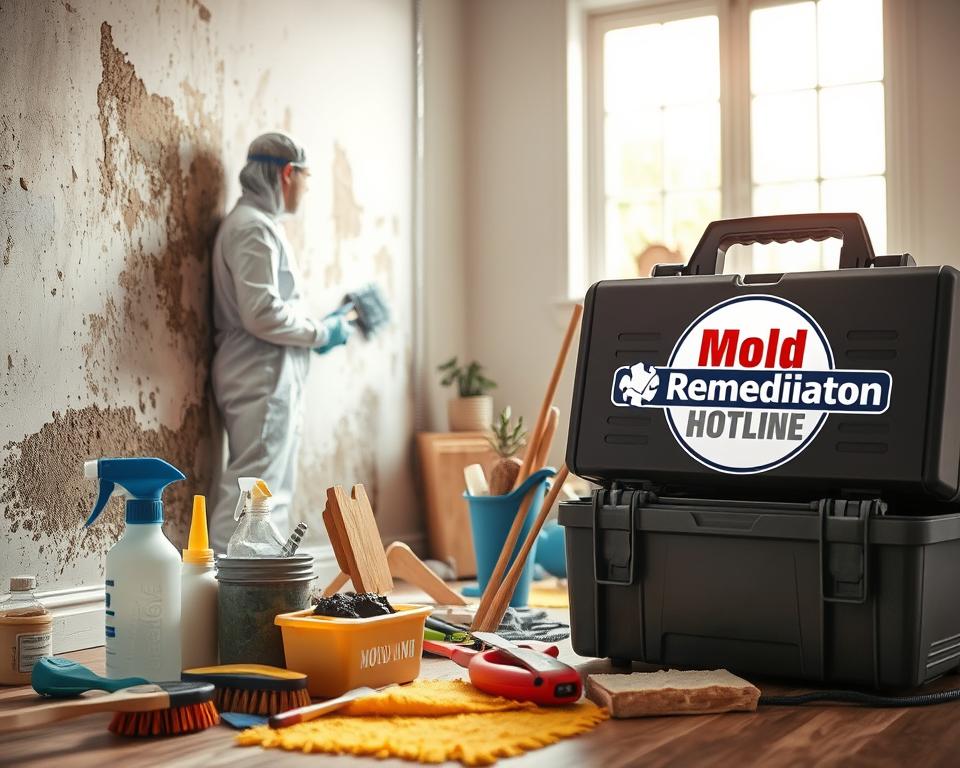
Evaluating Mold Contamination Severity
Start by assessing the size of the affected area. If it’s under 10 square feet, you may be able to tackle it yourself. Look for visible signs like discoloration or musty odors, which indicate contamination. For larger areas or uncertain cases, professional help is essential.
Check for moisture sources, such as leaks or high humidity, as these contribute to growth. If the issue involves your HVAC system or extensive water damage, it’s best to consult a specialist. Early evaluation ensures the right approach.
Benefits and Limitations of DIY Remediation
DIY methods can save time and money for minor issues. Use antimicrobial cleaners and seal contaminated materials in plastic bags to prevent spread. Proper protective gear, like gloves and masks, is crucial for safety.
However, DIY has its limits. Individuals with allergies, asthma, or immune disorders should avoid handling mold. If the area exceeds 10 square feet or involves hidden contamination, professional remediation is the safer choice.
| DIY Approach | Professional Help |
|---|---|
| Cost-effective for small areas | Necessary for large infestations |
| Quick action for minor issues | Expert assessment and removal |
| Requires proper safety measures | Advanced equipment and techniques |
Always follow local guidelines and consider a follow-up inspection to ensure complete removal. Taking the right steps protects your home and health.
Best Practices for Safe Mold Removal and Containment
Effective mold removal starts with the right tools and techniques. Using proper equipment ensures safety and minimizes the risk of spreading spores. This process requires careful planning and attention to detail to protect both your home and health.
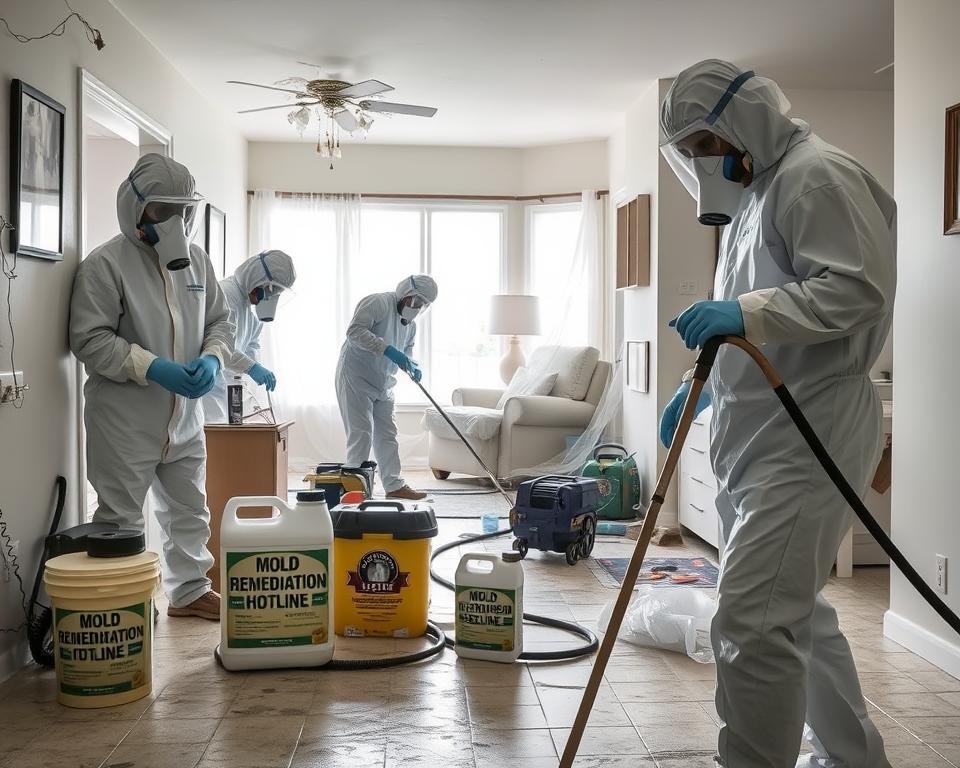
Utilizing the Right Equipment and Materials
HEPA vacuums and antimicrobial cleaning agents are essential for effective cleanup. These tools capture tiny particles and eliminate growth, reducing the chance of recurrence. Always use protective gear like gloves and masks to avoid exposure.
Sealing off the contaminated area with plastic sheeting is crucial. This prevents spores from spreading to other parts of the building. Proper containment ensures the problem stays localized and manageable.
Moisture control is another critical factor. Ensure the area is completely dry after cleaning to prevent regrowth. Addressing water sources like leaks or high humidity is key to long-term success.
Dispose of contaminated materials in sealed plastic bags. Follow EPA guidelines to ensure safe and compliant removal. This step protects both the environment and your living space.
By following these best practices, you can safely and effectively address mold issues. Proper equipment and techniques are the foundation of a successful cleanup plan.
Conclusion
Early detection and action are critical in managing mold effectively. Addressing small patches promptly prevents larger issues and safeguards your home from structural damage. Proper identification, safety protocols, and disposal of contaminated materials are essential steps in the process.
Even minor areas require a methodical approach to avoid further growth and contamination. Following industry guidelines ensures a thorough cleanup and maintains indoor air quality. While DIY methods work for small areas, professional help is vital for larger or complex issues.
Assess your situation carefully. If in doubt, consult experts to handle mold safely. By taking these steps, you protect your health and ensure a safer living environment for the long term.
